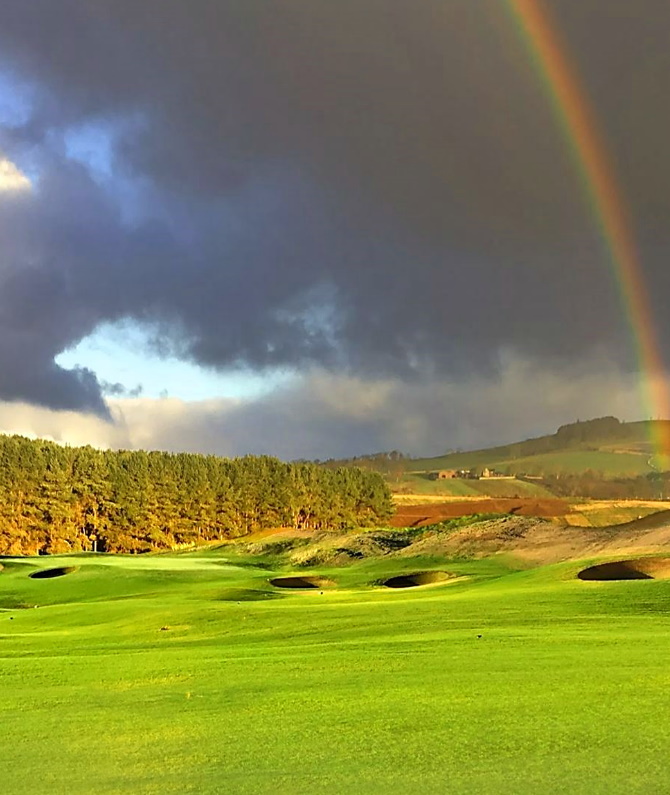
Dumbarnie
To a large extent though, your perception of the climate is going to be framed by whereabouts you’re from and what you’re used to. Officially the climate of the UK is categorised as “temperate”, although the weather is often ‘changeable’. As golfers, your biggest enemy on a links course is likely to be wind, but that’s part of the challenge. The best advice is to prepare for a bit of rain and have a waterproof contingency available. We shouldn’t hit a cold snap outside of winter. You can always buy something here and do your bit for Scotland’s woollen industry rather than burden yourself with bulky items. Ultimately we are playing golf in low lying areas (links courses have to be at sea-level by definition) so shouldn’t encounter the worst of what Scotland is capable of.
The second or third week of June is traditionally university graduation week in St Andrews. Golfers compete with the university for accommodation which is always subject of a ‘price spike’. Returning students and their parents tend to get the first jump on the town’s hotels. Even though the town’s bars, restaurants and hotels tend to prioritise the university during ‘grad week’ it’s normally a good playing window for the Old Course as golfers avoid the week. We’ve seen evidence to indicate that success on the Old Course ballot increases by 5% a day during ‘grad week’
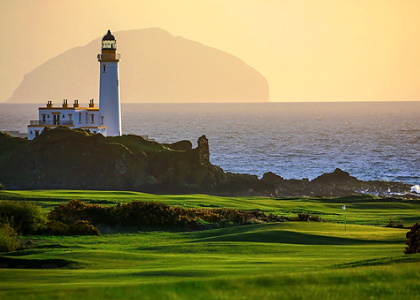
Twilight golf is a Scottish tradition. It can be a cathartic and serene experience and beguiling tranquillity. Try and include at least one round
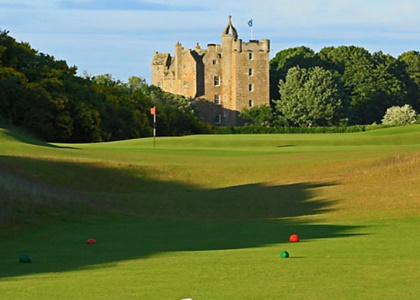
The Scottish Open takes place in early July. Castle Stuart, Renaissance, Dundonald, Gullane and Royal Aberdeen are on the rotation. The Open Championship a week later
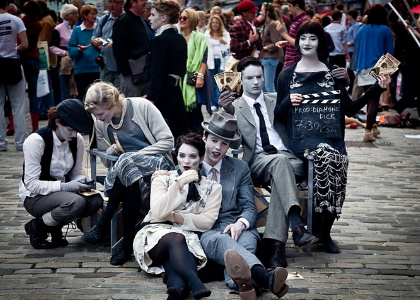
The Edinburgh Festival takes place in August. It's a great time to visit, but expensive with hotels often sold-out. Muirfield, North Berwick, Gullane, and Royal Burgess might all be affected

The Renaissance Club
March can be quite a cold month still. We aren’t likely to experience difficulties ‘getting on’ any of the courses you wish to play though other than those which are closed to visitors (Royal Troon and Kingsbarns). Towards the end of the month the UK adopts British Summer Time. This means extra hours daylight. The sun sets at about 20.00. The first two weeks of April see most courses offering ‘shoulder season’ green fees. Typically 33% less expensive than the full peak season rate. April is the driest month of the year by rainfall in St Andrews. May is a warmer version of April. Most courses are now on their full summer green fees. Royal Aberdeen and Turnberry hang onto their shoulder season until the middle month. Carnoustie hosts a series of traditional fixtures, and the St Andrews Old Course also has some significant block-out in the first week of the month
A day or so either side of June 20th is the years longest. This means the sun rises at approximately 04.00 and sets at 22.30 in the Highlands. You can work with 17 hours worth of useable daylight. This permits you to play two rounds should you choose, or use the daylight to travel between venues in order to open the whole country up. You can add what amounts to about 3 days to a weeks golf package tour. July is the warmest month of the year in St Andrews. Play on the Old Course is busy. The middle of the month sees the school summer holidays begin which can start a ‘super peak’ season lasting into mid August. Anecdotally the St Andrews Links Trust have previously told us that they think the first week of August is their busiest of the year. Warming summer air however has begun to introduce moisture into the atmosphere. Rainfall in August is surprisingly higher than you feel it ought to be.
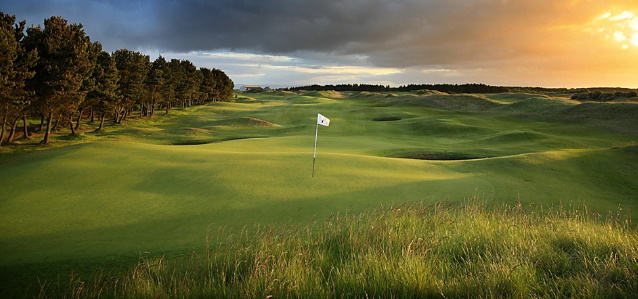
Dundonald
September is the wettest month of the year in St Andrews, as indeed the autumn season is. It’s also responsible for some of the most sublime playing conditions too characterised by a warming sun and crisp fresh air. These conditions can be particularly prevalent in the Highlands, the more northerly latitude tends to move the changing seasons forward by about three weeks. The first two weeks of September in St Andrews are clear, but after that the Old Course closes to visitors until the first week of October. The Dunhill Links Challenge (a European tour event) takes place at the end of September and also closes down Carnoustie and Kingsbarns. By the middle of October of a lot of courses move onto their shoulder season rates. Royal Troon closes for visitor play in early October. Kingsbarns follows a few weeks later at the beginning of November. At the end of October the UK adopts Greenwich Meantime. We lose an hour of daylight as the winter starts to come calling
A surprisingly high number of courses stay open in the winter, due to the good drainage for sand content in the soils and being at sea-level. Green fees are usually half the price by now. Significant savings can also be made on accommodation too. Our enemy to play is no longer availability on the tee-sheet, (even the St Andrews tee-sheet is rarely filled during December, January and February), but rather the weather. February is actually one of the driest months of the year by rainfall. The cold air has sucked the moisture from the atmosphere. If you spot a favourable forecast, and can respond to it, you can certainly get some perfectly idyllic conditions for at least half the price that you would pay a few months later. You will usually be required to observe ‘winter rules’ though.